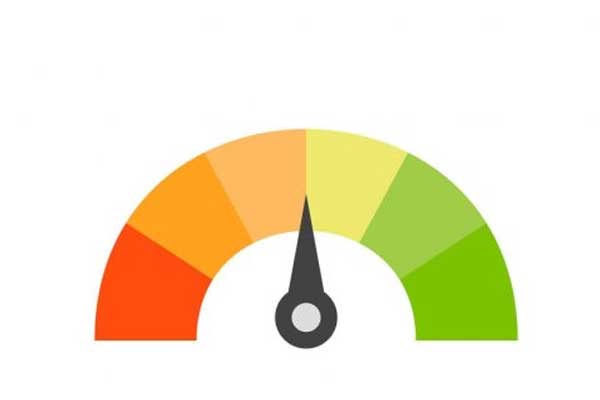Trekking in Nepal is available at various levels of difficulty, and the “trip grade” or trekking grade is used to classify and communicate the level of challenge and technical skills required for a particular trek. The grading system can vary slightly depending on the trekking agency or resource you refer to, but here’s a general overview of the most common trekking grades in Nepal:
-
Easy or Leisure Treks (Grade 1): These are the most accessible and suitable for beginners or those looking for a more relaxed trekking experience. The trails are well-maintained, and the altitudes are relatively low. They often involve shorter daily walks and minimal physical exertion.
-
Moderate Treks (Grade 2): Moderate treks are for those with a reasonable level of fitness. The trails may include some steeper ascents and descents, but the altitude usually remains below 4,000 meters (13,000 feet). These treks often last from one to two weeks.
-
Moderate to Difficult Treks (Grade 3): These treks are suitable for experienced trekkers and involve longer days of trekking. The trails can be more rugged and challenging, and you may encounter higher altitudes up to 5,000 meters (16,400 feet).
-
Strenuous Treks (Grade 4): Strenuous treks require a high level of physical fitness and stamina. These treks can include high mountain passes, challenging terrain, and altitudes above 5,000 meters (16,400 feet). Trekkers need to be well-prepared for such treks.
-
Challenging Treks (Grade 5): Challenging treks are for experienced mountaineers and trekkers with a high level of fitness. These treks often include remote and technical sections, high-altitude passes, and the potential for extreme weather conditions. They can last several weeks.
-
Technical and Expedition Treks (Grade 6): These treks are technically challenging and may involve climbing, glacier travel, and mountaineering skills. They are typically reserved for experienced mountaineers and may require special permits.
It’s important to choose a trek that matches your fitness level, experience, and interests. Additionally, consider factors like altitude acclimatization and the duration of the trek when determining which grade is suitable for you. Trekking agencies and guides can provide guidance on choosing the right trek for your abilities and preferences.
Keep in mind that while trekking grades provide a general overview of difficulty, conditions can change due to weather, seasons, and individual factors. It’s essential to be well-prepared, physically fit, and informed about the specific requirements of your chosen trek before embarking on your journey in Nepal.

